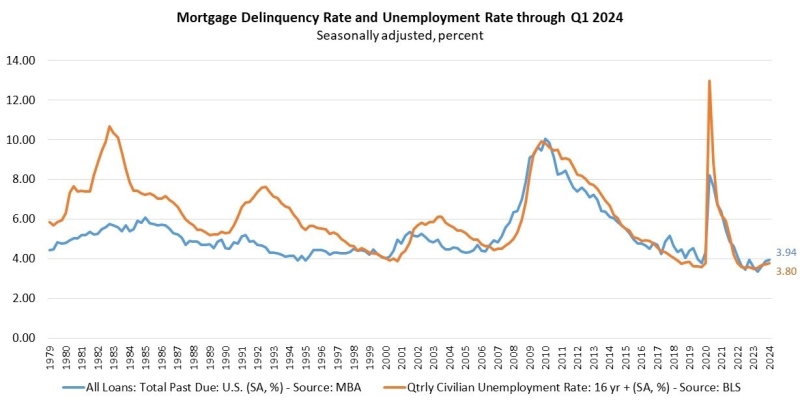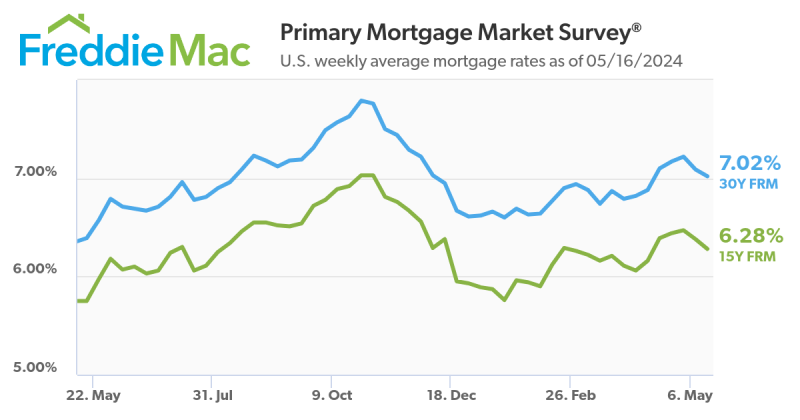Five Mortgage Pains That Technology Can Cure

People are pretty adaptive. So much so, that we get used to things so quickly—impressive, innovative things—that they don’t wow us for long. The extraordinary becomes ordinary and we go back to focusing on life’s frustrations, delays and inconsistencies, hoping for better solutions to our problems.
In the mortgage industry, common problems and issues include regulators looking for errors and/or violations, homebuyers getting impatient with mortgage closing delays, lenders reeling from possible liability, and secondary-market investors wary of buying error-riddled loans. These headaches could sure use solutions, but with so much work to do it can feel overwhelming to adapt to new systems that will solve them. It can seem better to just keep plugging along, doing things the same way, no matter how flawed.
But as with all problems, there are opportunities to innovate the mortgage process. The light bulb, printing press and telephone were once amazing inventions that awed the world, but they too had their limitations. For instance, none of them were portable. And that’s how we ended up with the flashlight, the word processor and the cellphone.
The mortgage industry is no different. Many mortgage professionals still fill out forms by hand, and/or have multiple versions of the same form because so many parties are involved in the process. This creates a tremendous opportunity for technology—a better way of doing things—to make the entire process faster, easier and more accurate.
What isn’t working with the mortgage process? What pain points do you hear about, or experience yourself? What is broken that needs fixing? What is frustrating? What is tedious?
These are the questions the industry needs to answer. They represent areas where innovative, groundbreaking, better ways of doing things will make the lives of mortgage professionals and consumers so much easier.
Some common pain points in the mortgage space that technology can solve:
1. Confusion/complexity, unexplained processes, policies and procedures
Most complaints around processes and policies come from homebuyers, but they frustrate many lenders, title agents, realtors and vendors as well. Opaque business practices are being somewhat mitigated by TRID’s recent implementation, but there is still much room for improvement in communication and transparency.
Real estate agent John Wake echoed this sentiment in a NewsOk article titled, “Take the Stress Out of Homebuying,” when he said, “Buying a home is stressful because you know you don't know as much as the other people involved. The system is so complex, it's easy for people to take advantage of you whether it's the seller, the seller's real estate agent, or maybe you have some doubts about your own loan officer or your own real estate agent.”
2. TRID, UDAAP, FCA and other regulations
Our regulation-heavy industry has thousands of pages of rules to follow, check and re-check. Mortgage professionals, including many community lenders and wholesale lenders, struggled with TRID implementation in 2015 and are currently using non-permanent, makeshift processes that may not catch all compliance errors or violations as they cannot afford to procure large-scale solutions. This is dangerous as it is more likely that errors/violations will not be found in time to be cured.
According to Garnet Capital Advisors, a New York based financial services firm, “Even the smallest and most innocent formatting or administrative errors can lead to technical rule violations that can put lenders at risk.”
This leads us to our next pain point, TRID liability.
3. TRID liability
A recent HousingWire article by Brena Swanson stated, “Investors are still not sold on the safety of the private label securitization market now that TRID is in the mix, despite the majority of the industry getting accustomed to the rules.”
The lender is held responsible for all errors on TRID loans, and these loans will likely be sold at discounted prices on the secondary market if the errors are incurable, further cutting into community lenders’ profit margins. There is also possibility for buyback risk should these loans be found with violations after they are sold. The ramification for non-bank lenders could include having their warehouse lines of credit blocked by unsalable TRID loans, rendering them incapable of originating new loans.
4. Vendor management risk
The mortgage industry is unique in that, every time a buyer applies for a loan, an entirely new team is assembled to help accomplish their dream. Even if a realtor routinely works with a specific title agent, loan officer and lender, they will have a different homebuyer. At least one player in the process will change every time, and most times it will be more than that.
This high rate of revolving players requires a lot of legwork in managing who you work with, verifying they are who they say they are, and making sure they can be trusted to do their jobs well. This is a vital component of every real estate and banking professional’s job. And no one knows this better than lenders, who are responsible for the actions of all participants in the loan process—making their vendor management protocols especially important, ensuring everyone follows best practices and compliance standards.
And let’s hope lenders are heeding this call. Last year, The New York Department of Financial Services (NYDFS) that one in three banks don't even require their vendors to notify them of data security breaches, which can make the banks’ digital systems vulnerable as well. This shocking truth has led industry regulators to intensify their scrutiny of third-party relationships, including the cybersecurity standards in place between them.
But the problem is, according to Sarah Wheeler of HousingWire, “The NYDFS report revealed the dirty secret that has been keeping executives up at night for years—many lenders have no effective system in place to monitor their vendors' cybersecurity, nor any idea how to even start.”
5. Fraud
According to CoreLogic’s 2015 annual fraud report, 0.67 percent of mortgage applications indicated fraud. That’s down from 0.69 percent in 2014, but since CoreLogic began tracking mortgage fraud in 2010, fraud trends show an average increase.
You need only glance at the news to find the latest drama surrounding a bank, a title agency or other mortgage entity fined for their involvement in a scam. Unfortunately, the mortgage industry is notorious for fraudulent schemes, whether cooked up by industry professionals or mortgage applicants. Considering the above point on vendor management, this makes sense, since it is difficult to keep track of so many industry players at any one time.
Problems point us to a better way
These are just some of the broken systems in the mortgage industry—the obstacles lenders, title agents and others face in their everyday careers.
Mortgage process confusion and vagueness, regulatory demands, TRID liability, vendor management risk and fraud in the industry are massive problems that cannot be ignored. If mortgage professionals want to remain in business, they need to find a way to face down these Goliaths and find the technology—the better way—to take them down.
Don’t make the mistake of being too busy to improve. Constantly evaluating and addressing issues empowers us to become more efficient, decrease risks, improve ROI and create clear, transparent processes that save time and effort.

Wes Miller is CEO and co-founder of ATS Secured, a new technology category for the real estate closing industry. Miller has extensive experience in developing and marketing both core and ancillary financial products. Wes has been recognized for his success in sales, customer service and training support staff. He may be reached by e-mail at [email protected].
This article originally appeared in the June 2016 print edition of National Mortgage Professional Magazine.





